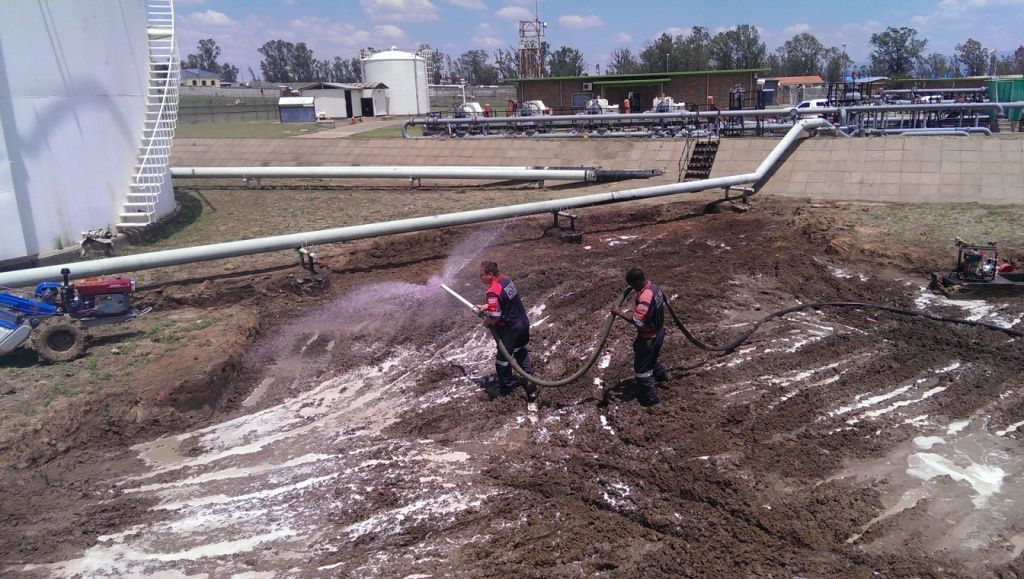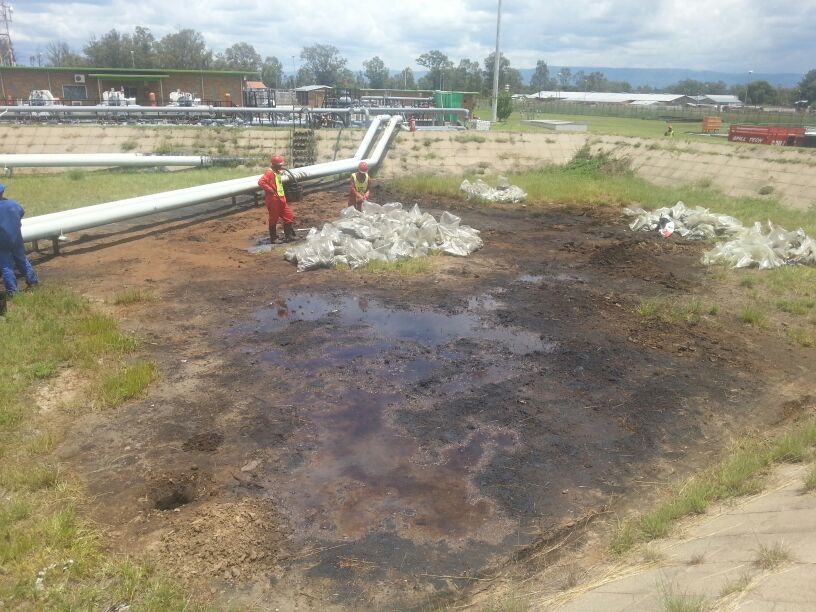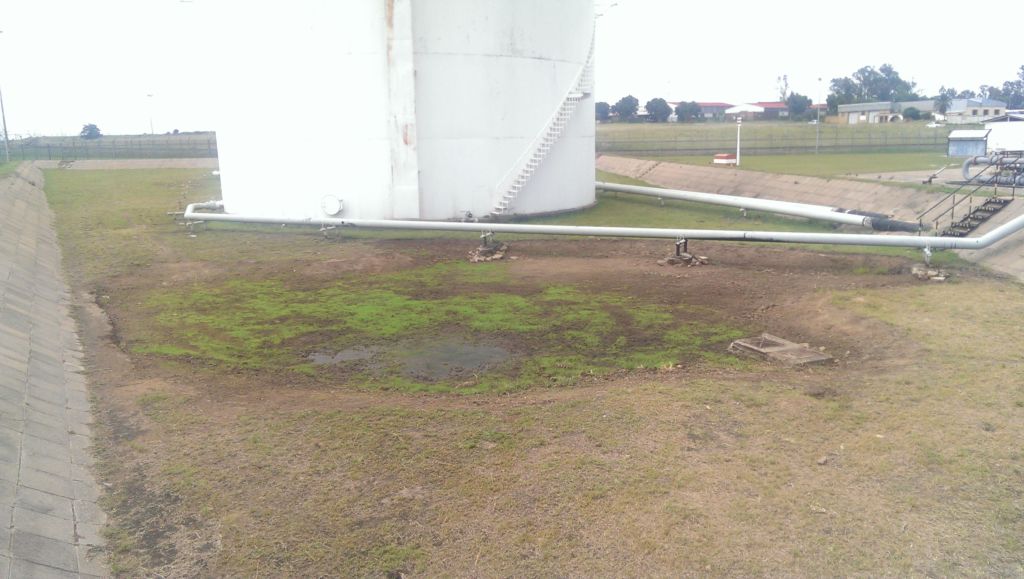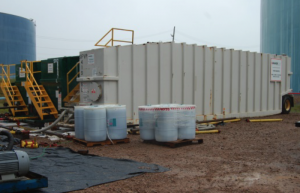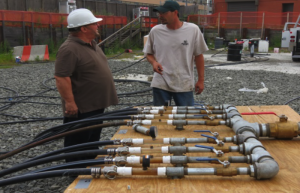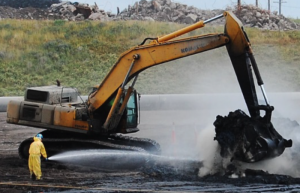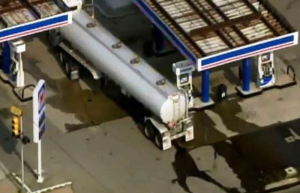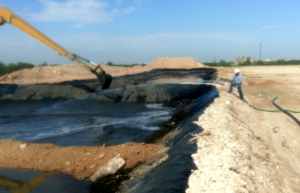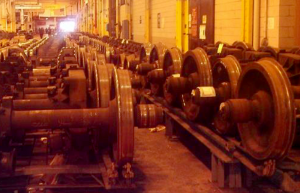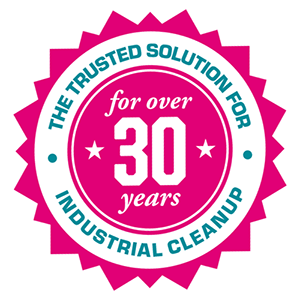In-Situ Soil Remediation or Surfactant Enhanced Soil Remediation
In-situ remediation for extracting hydrocarbon contamination from soil and groundwater can be thought of as a three-step process as outlined in the below.
| FIELD APPLICATIONS | Pinkwater | Clear | Activator | Hydrovent |
|---|---|---|---|---|
| Surfactant Enhanced Aquifer Remediation | ||||
| Aerobic Biodegradation of Impacted Soil Insitu Spill Remediation Land Farming & Biopiles | ||||
| Industrial Maintenance UST & AST Cleaning/Degassing Subfloor/Interstitular Decomntamination | ||||
| Vapor/Odor Control MGP Site & Brownfield Remediation Stabilization/Solidification Excavation in Impacted Soil | ||||
| Hydrocarbon Spill Response Spill Clean-Up Equipment Decontamination |



